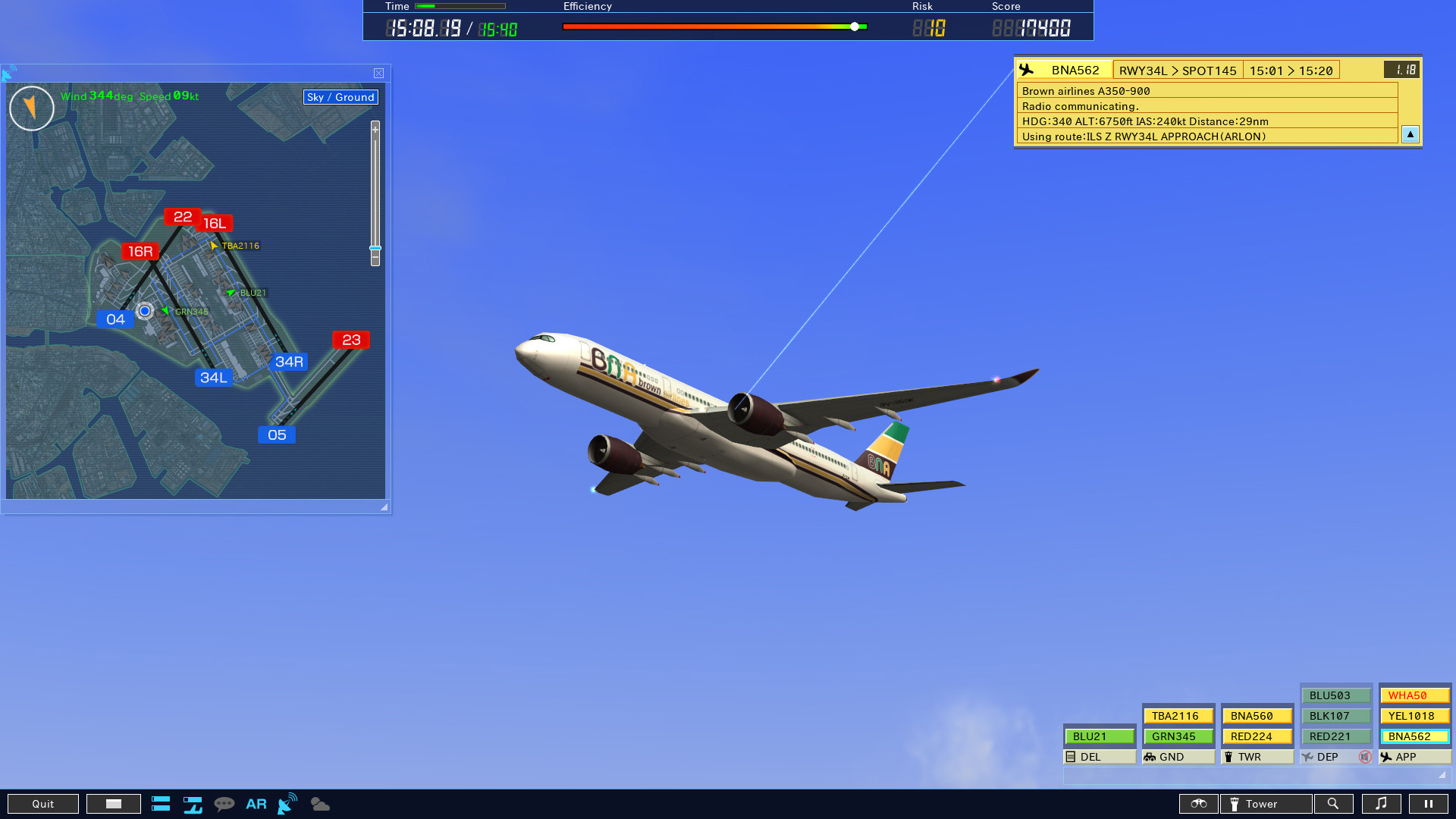

You will receive vectors for your approach. This is approximately 10-15 nautical miles out from the airport. Once cleared for takeoff do not linger around.
_after_crashing_into_the_Hudson_River_(crop_2).jpg)
line up when you are ready to enter the runway. Ground charts and airport information are available in the ingame kneeboard. You will receive clearance to taxi to a runway via specified taxiways. startup (optional) and do a radio check as soon as you have power to your radios. Readback important information for the ATC to confirm a correct transmission. Controlled airfieldsįor controlled airfield you basically request permission to do stuff and get information and instructions from the ATC (Air traffic control, or Tower). vacated runway as soon as you have left the runway. final when your final approach has begun. downwind as you reach a stable downwind leg. break when you are breaking for the overhead pattern. inbound approximately 10-15 nautical miles out from the airport. departing/switching frequency as soon as you leave the airspace. radio check on ATC/traffic frequency as soon as you have power to your radios. Players awaiting departure need to wait until there is no incoming traffic. Planes on final have priority over planes awaiting departure.ģ. Planes on the runway have absolute priority.Ģ. Always takeoff form the active runway or ask what runway is active at the time. Necessary radio callouts Uncontrolled airfieldsįor uncontrolled airfields the basic procedures contain simply calling out what you are up to and look out for others to avoid collisions. Try not to be too slow during a long final approach because there might be people behind you flying faster, which can mess up separation and someone might have to eventually go around. This is used during low traffic and for emergency landings. If performed correctly you should find yourself on a relatively short final.ĭuring straight in approaches you simply establish on runway heading intercept the glide path and land. When the airport is at a 45 degree angle behind you start your base turn. AGL and get trimmed on speed and gear/flaps down. You should arrive on downwind on pattern altitude, then descent to 800ft. You can check your kneeboard charts to determine if the runway has a left or right hand pattern. Reduce your speed and put your gear and flaps down. This means you turn left (or right) at a 45 degree bank angle and hold altitude. When you are over the runway, perform a break into the pattern. Once you are within 3-5 nm of the airport you are at the initial point. For additional information and pictures look for resources online as this is a very brief explanation.Įstablish on runway heading at pattern altitude (usually 1500 ft. The overhead pattern is performed as follows. In controlled conditions you can be cleared for an overhead maneuver. The overhead pattern is the preferred method of landing in daytime and good visibility conditions, especially when there is traffic and the airport is uncontrolled. Please bear in mind that these descriptions are very basic, for absolute beginners to get some idea of approach patterns, and are not meant to be totally accurate. At uncontrolled airfields they reduce the number of collisions, so they should be basic knowledge for every pilot. In GAW, ATIS is renewed each hour and assigned a letter for each, starting with Alpha and ending with Delta.Īirport patterns are used in clear visibility conditions for visual approaches and they increase the number of planes that can be landed in a set timeframe if performed correctly. ATIS should be tuned in and listened to prior to taxiing, and prior to announcing landing intentions at a given airport, since the current active runway for any given airport is clearly stated in the recording.ĪTIS is a looped recording that gives the player the following information:

So for example: Anapa tower, Uzi 2-1, radio check.Īutomatic Terminal Information Service (ATIS) is available at all airports: check the briefing for the SRS ATIS frequency of your specific airport. When making the call, try to follow the format of: Use radios ( SRS) to not drive or fly into one another around airfields.īefore making a radio call, plan what you are going to say, and don't speak over someone else.


 0 kommentar(er)
0 kommentar(er)
